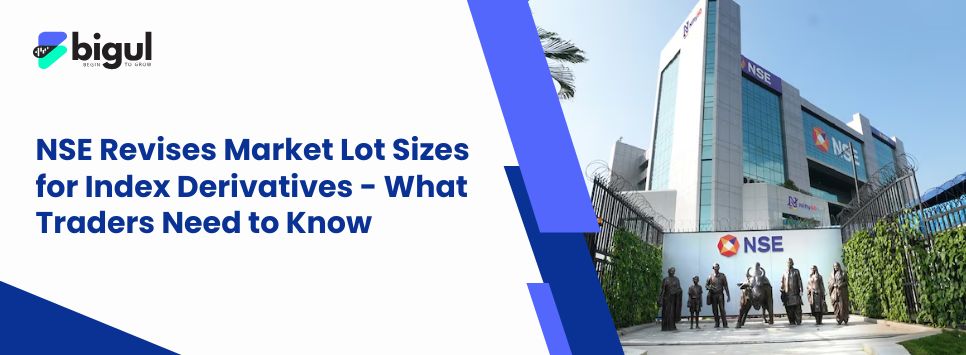In financial markets, one tool has garnered increasing attention and adoption – Bracket Orders. These advanced orders provide traders more control over their holdings, improving risk management and profitability.trading
This comprehensive guide will explain the meaning of Bracket Orders including its benefits. By the end of this article, you will understand Bracket Orders and how to use them in your trading strategy to confidently explore financial markets.
What Is a Bracket Order?
A bracket order is a specialized type of order used in financial trading that combines three distinct orders into a single, automated package. These three orders are:
- Entry Order
- Take Profit Order
- Stop Loss Order
Entry Order
An entry order in the context of the Indian rupee could be a limit order to buy 100,000 rupees at an exchange rate of 75.50 USD/INR. If the current market rate is 75.80 USD/INR, the limit order will only execute when the exchange rate reaches 75.50 or lower.
This allows traders to enter the market at their preferred rate, even if it’s not the market price, controlling currency trading entry points.
Take Profit Order
A Take Profit Order in a currency trading scenario, like the Rupee (INR), would involve specifying a target exchange rate at which a trader wants to lock in profits.
For instance, if a trader holds US dollars (USD) and expects the INR to appreciate, they may set a take profit order at a higher exchange rate than the current one.
If the market reaches that level, the order is executed, converting USD to INR, realizing the desired profit before the exchange rate potentially changes unfavorably.
Stop Loss Order
A stop loss order is a risk management tool in trading. When a trader places a stop loss order, they set a specific price level at which their position will automatically be sold to limit potential losses.
If the market moves against the trader and reaches this predetermined stop price, the stop loss order triggers, ensuring that the trader exits the position to prevent further losses.
It helps traders maintain discipline and control over their risk exposure in volatile markets.
How Does Bracket Order Work?
A Bracket Order functions as a multi-faceted trading strategy. It begins with the placement of an initial order to enter a trade, typically comprising a buy or sell order.
Simultaneously, the trader specifies predetermined levels for profit-taking (Take Profit) and loss limitation (Stop Loss).
Once the initial order is executed, the associated Take Profit and Stop Loss orders are automatically generated by the trading platform. If the market moves favorably, the Take Profit order locks in profits.
Whereas the Stop Loss order safeguards against excessive losses, offering traders a disciplined and automated approach to risk management and trade optimization.
Benefits of a Bracket Order
Bracket orders offer several significant benefits for traders, making them a valuable tool in managing and optimizing their trading positions. Here are some key advantages:
1. Risk Management
Bracket orders are instrumental in managing trading risk. Traders can set predetermined stop-loss levels within these orders, which act as safety nets. If the market moves against their position, the stop-loss limits potential losses.
This risk control is especially vital in volatile markets, as it ensures that traders can define their maximum acceptable loss before entering a trade, preventing catastrophic financial setbacks.
2. Automated Execution
Bracket orders provide automated execution. This ensures that once predefined conditions are met, the order is executed without requiring constant monitoring.
This automation reduces the risk of missing trading opportunities or making impulsive decisions based on market fluctuations.
Traders can set their entry, profit target, and stop-loss levels in advance. This allows them to step away from their screens while still having confidence that their trade will be executed according to their predetermined plan.
3. Profit Targeting
Imagine you’re trading and the market moves in your favor, making you money. Without a bracket order, you might get greedy and wait too long, and then the market might reverse, causing you to lose those profits.
But with a bracket order, you set a target for how much profit you want. When the market reaches that target, the order automatically sells your position, locking in your profit.
So, you don’t have to worry about being too greedy or missing the right moment to cash in on your gains.
4. Efficiency
Bracket orders streamline trading by consolidating multiple order functions into a single, efficient command.
Traders can initiate their trade, specify profit-taking levels, and set stop-loss parameters simultaneously.
This integrated technique streamlines order management for the same position, improving trading efficiency and pre-defining and automatically executing all important trade elements when market conditions match the trader’s plan.
5. Flexibility
Bracket orders provide traders with flexibility by offering various order types to suit different trading strategies and market conditions.
Whether it’s a trailing stop order to capture extended trends or a one-cancels-the-other (OCO) order to manage multiple scenarios simultaneously, traders can choose the specific bracket order type that aligns with their goals and risk preferences.
This flexibility empowers traders to adapt their trading approach to the dynamic nature of financial markets effectively.
6. Position Sizing
Position sizing is crucial in managing risk and ensuring consistent trading results. Bracket orders offer the advantage of precise control over position size, enabling traders to allocate their capital strategically.
By determining the size of each position based on their individual risk tolerance and overall portfolio objectives, traders can maintain a balanced risk-to-reward ratio.
This allows for greater consistency in trading performance and helps prevent the overexposure of capital in any single trade, enhancing long-term profitability.
Risks and Considerations
Few of the Risk to be considered and taken care of:
- Bracket orders can be vulnerable to sudden and extreme price fluctuations
- Brokers may not always guarantee perfect execution, leading to slippage
- Costs associated with using bracket orders can impact overall profitability
- Relying solely on bracket orders may limit flexibility in certain trading situations
- System failures or connectivity problems can disrupt order execution
- Bracket orders may not be suitable for all trading strategies or asset classes
- Setting stop loss too close to the entry point may result in premature exits
- Traders must actively monitor positions to adjust bracket orders as needed
Can You Cancel a Bracket Order?
Yes, bracket orders can be canceled by the trader before any of the specified conditions (entry, take profit, or stop loss) are met. This provides flexibility in adjusting or discontinuing a trade if market conditions change or if the trader’s strategy evolves.
Simply accessing your trading platform and locating the specific bracket order allows you to cancel it manually.
This feature empowers traders to adapt to market dynamics and make informed decisions, ensuring their trading strategy remains aligned with their objectives and risk tolerance.
Conclusion
Bracket Orders stand as a powerful tool in the arsenal of modern traders. They offer a strategic advantage by allowing precise control over entry, exit, and risk management.
Understanding the intricacies of Bracket Orders can significantly enhance one’s trading prowess, aiding in minimizing losses and maximizing profits. As you trade, consider using Bracket Orders to navigate financial markets more confidently and efficiently.




.jpg)





.jpg)
